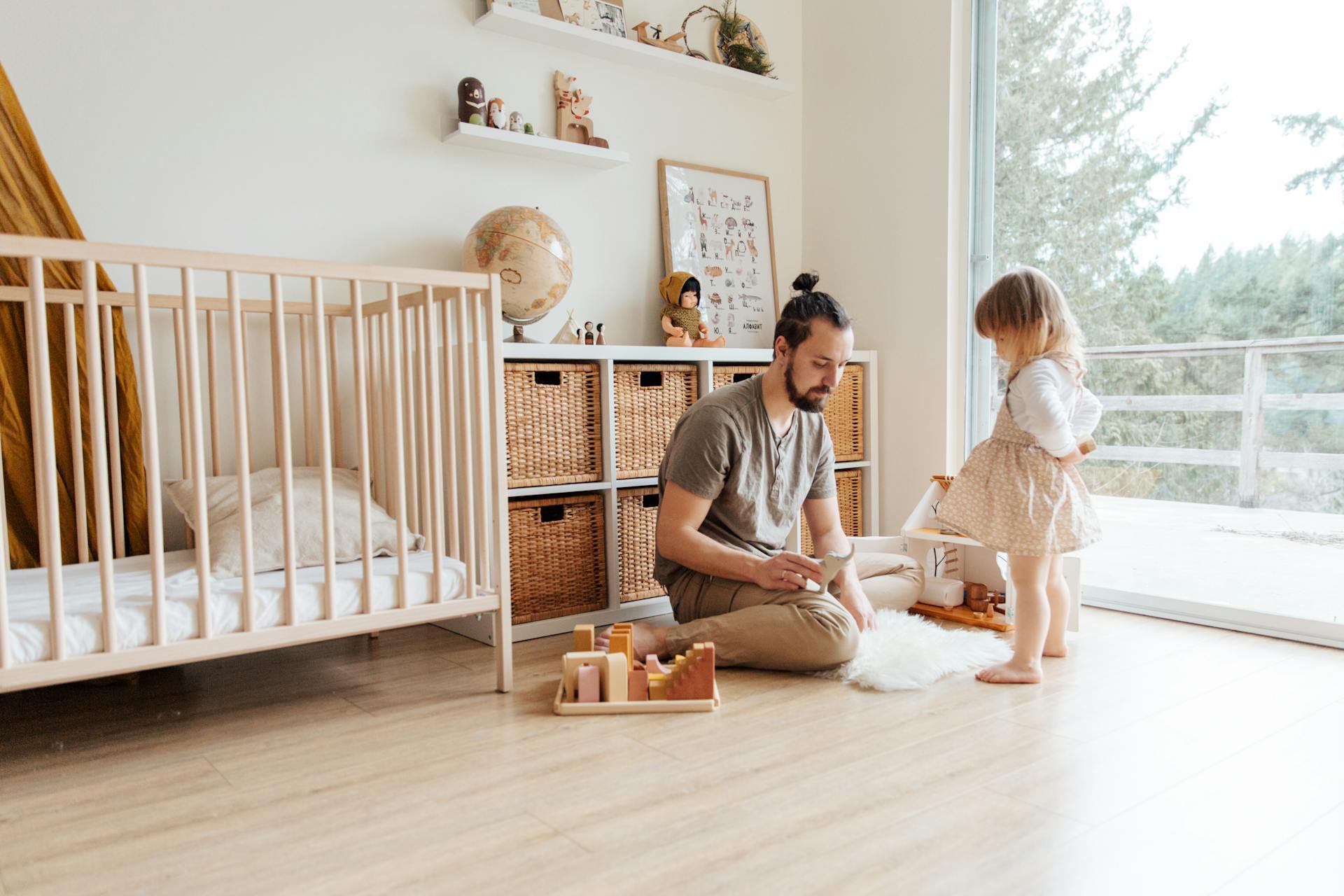Simple Language Games For Children
4 min read
Last Modified 28 August 2024 First Added 20 June 2024

For most children, learning a new language can be an exciting new challenge. Encouraging your child to engage with new hobbies and interests can be difficult, as each child will have a learning style that works best for them. Whether your child is a visual, auditory, or kinaesthetic learner, there are a range of language learning games and activities to help your child enjoy speaking a new language.
Taking on the challenge of learning a new language can be difficult to start with, but interesting when you’re in the swing of it. Although traditional learning methods may be boring for children, using alternative ways and activities may help to keep them interested and engaged.

From simple sit-down language card games to more interactive and expressive language games, learning different languages in various ways can be useful in helping children remember certain words or phrases in the future.
Charades is an interactive and expressive game. You play using facial expressions and body movements, which give clues as to the word, phrase, movie, or song. You can adapt this way of learning by focusing on more language-led answers which can help build a better understanding of certain words. This style of learning is great for visual learners, as they are learning through movements and actions.
Pictionary has a very similar concept to charades but instead of the clues being visual, the clues are drawn. One player from each team will have a few seconds to see what’s written down on the paper and then begin drawing it. This way of learning a language can be beneficial for children who find it better to learn visually. Shouting out the words of the drawing in the chosen language can help them learn the pronunciation of words. The aim is for the other players to guess what they are drawing before the other team gets it correct. Apply a more competitive edge to the game by having 2 groups guess the drawing.
Bingo is a popular grid card game, where players have to cross off all the correct words or numbers to get a line or a full house. This style of game can be played where the caller shouts out the word or number in English and the players must guess the word or number in language. For instance, the English word would be ‘Steps’ but the Spanish word on the bingo card would be ‘Pasos’.
Matching Games are great for children who prefer to learn slowly and just at the beginning of their language learning journey. You can either play this game physically or digitally. By printing off multiple words in English and your language of choice, cutting them out and placing them on a table, you can match them up. This game will benefit more visual and auditory learners as they can see and speak the words out loud.

The name that-item game is perfect for children who want to work specifically on their vocabulary. As part of this game, there are 4 images in a box and the players will need to circle the picture associated with the word in the box. This style of game will help visual learners as well as auditory learners. For more advanced learners, have the players label what each picture is in the chosen language.
Puzzle books including Word Searches and Crosswords are an enjoyable and interactive way to learn a new language. As these are accessible to children in paper form and online, they are perfect for children to learn on the go. This style of language learning allows children to spot new words and phrases as well as practice spelling them.
Whether your children are competitive learners, prefer to learn independently, or need more support with their learning, there are a range of games available for different learning abilities. As your child develops a better understanding of a new language they can begin to practice around others and become fluent. Choose a learning method that works best with your child and start learning today.
Read our disclaimers.